Horseshoe crabs are like living fossils, wandering the lands of time with little change. Their existence feels like opening a time capsule from the ancient world. With a body design that dates back hundreds of millions of years, these enduring creatures have mesmerized scientists and nature enthusiasts alike. Their unchanging nature offers a glimpse into the past, revealing secrets of survival and adaptation that remain a mystery to modern science.
Meet the Timeless Traveler: The Horseshoe Crab
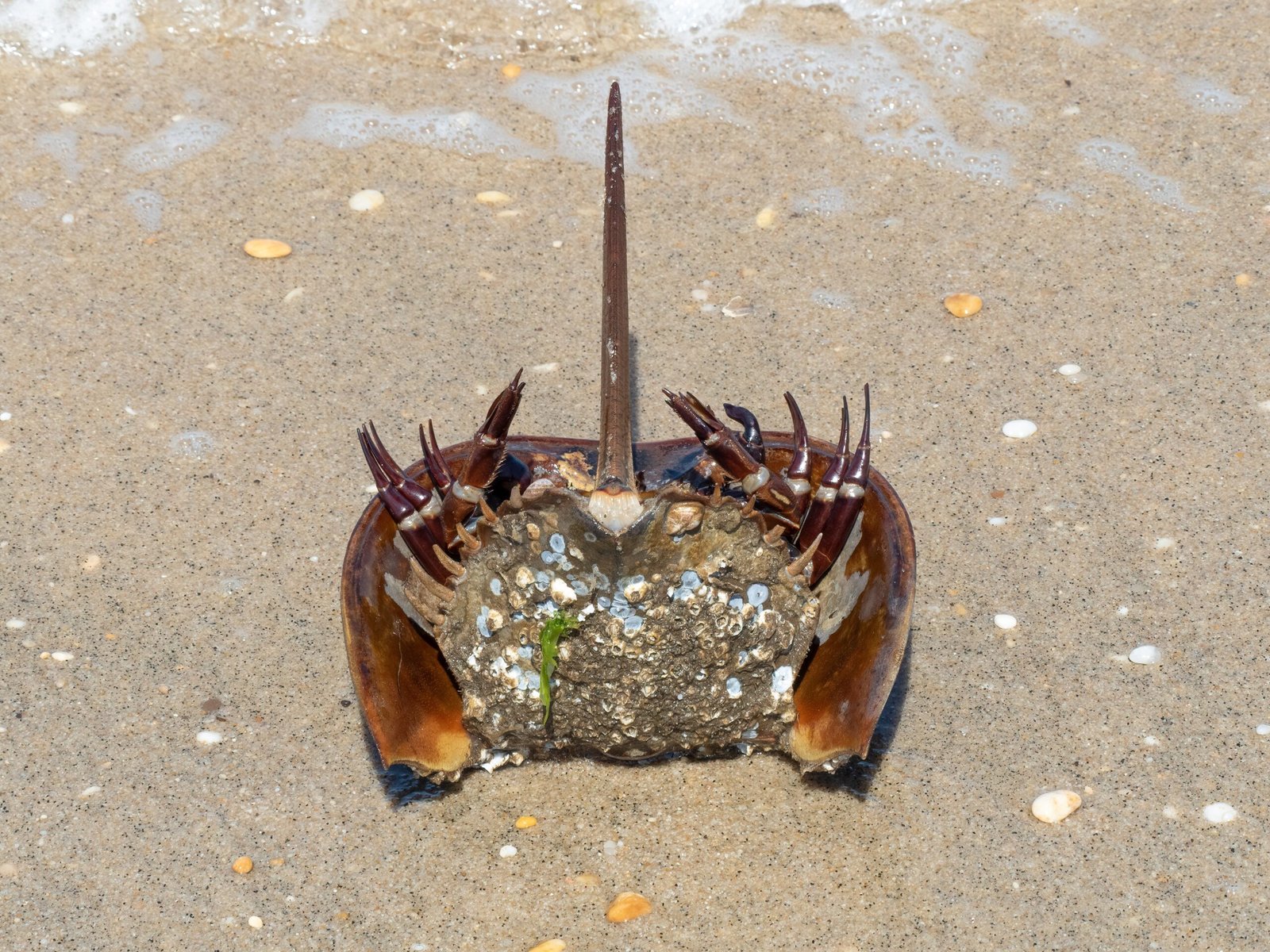
The horseshoe crab, often mistaken for a crustacean, is an ancient mariner of the sea. Despite its name, it is more closely related to spiders and scorpions than to crabs. These creatures boast a hard exoskeleton and a tail-spine, known as a telson, that aids in flipping themselves over if they get turned upside down. Their lineage traces back over 450 million years, making them older than the dinosaurs. This long-lasting design is a testament to their resilience and adaptability, yet surprisingly, their basic anatomy has remained largely unchanged over the millennia.
Ancient Design and Survival
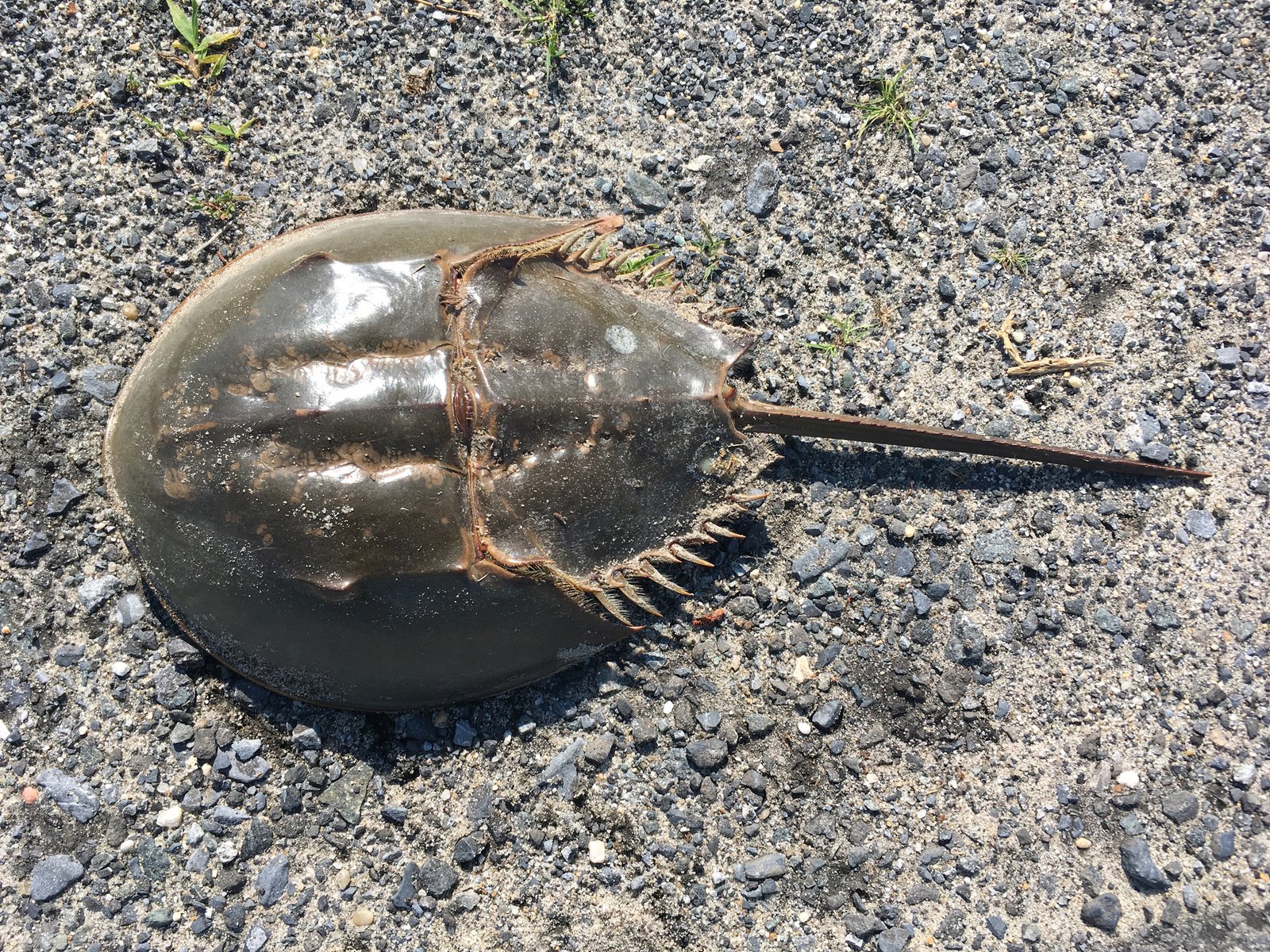
Why fix something that isn’t broken? The horseshoe crab’s design has stood the test of time, proving effective for survival. Their unique, helmet-like shell serves as both armor and camouflage in the sandy ocean floors where they reside. This design not only protects them from predators but also allows them to burrow in search of food. Their ability to thrive in different environmental conditions, from deep marine waters to shallow coastal areas, is a testament to their evolutionary success. Their unchanged structure suggests that they hit upon a winning formula early in their evolutionary history.
A Look at Their Unique Physiology
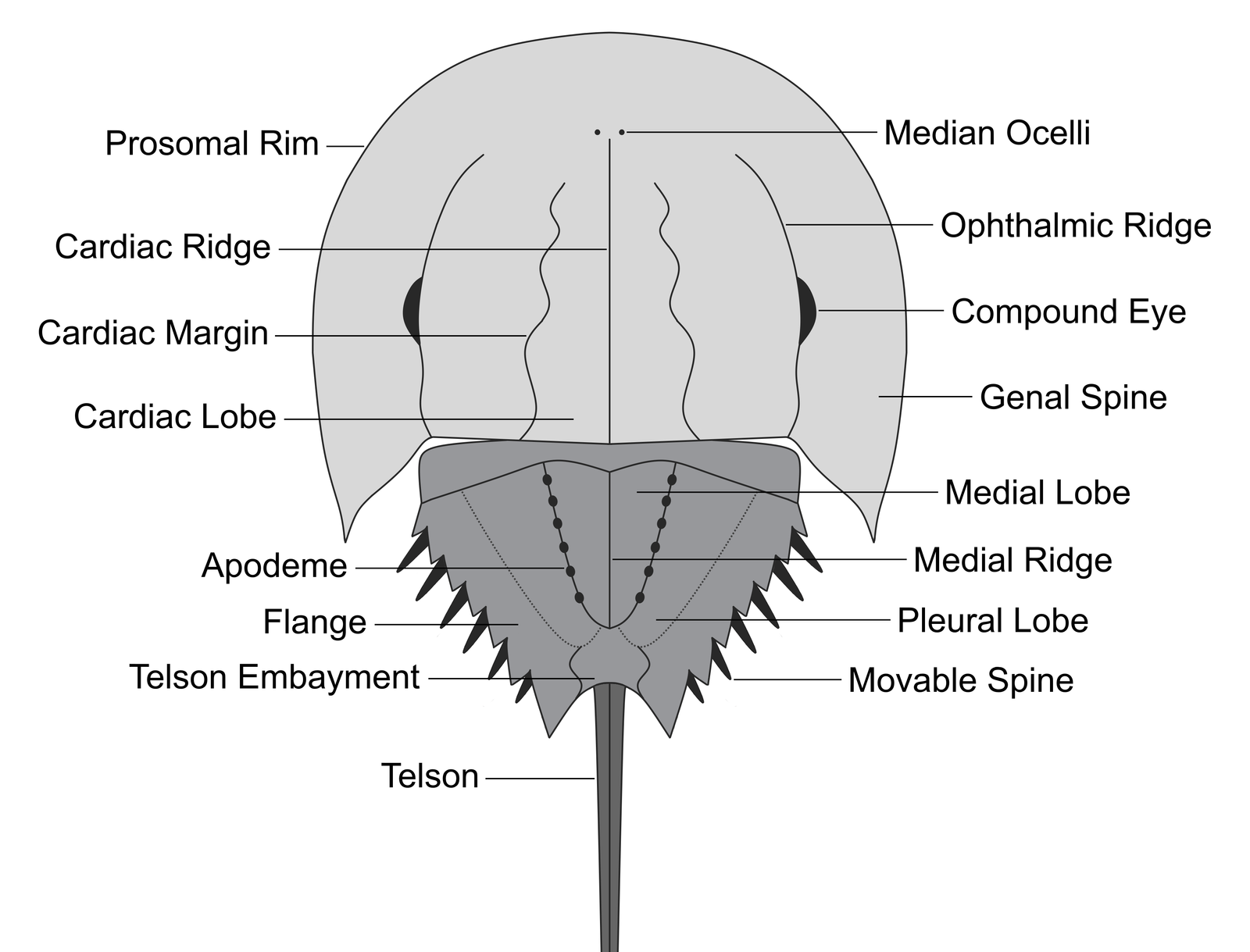
The horseshoe crab has a simple yet effective physiology. Its body is divided into three main parts: the prosoma, opisthosoma, and telson. Their blue blood, rich in copper-based hemocyanin, is particularly fascinating. Unlike humans, who have iron-based blood, horseshoe crabs have a unique blood composition that allows them to survive in low-oxygen environments. This adaptation is crucial for their survival in the hypoxic mudflats and estuarine habitats they often inhabit. Their gills, called book gills, function not only for respiration but also for swimming, showcasing a multifunctional design.
The Role of Horseshoe Crabs in Modern Medicine
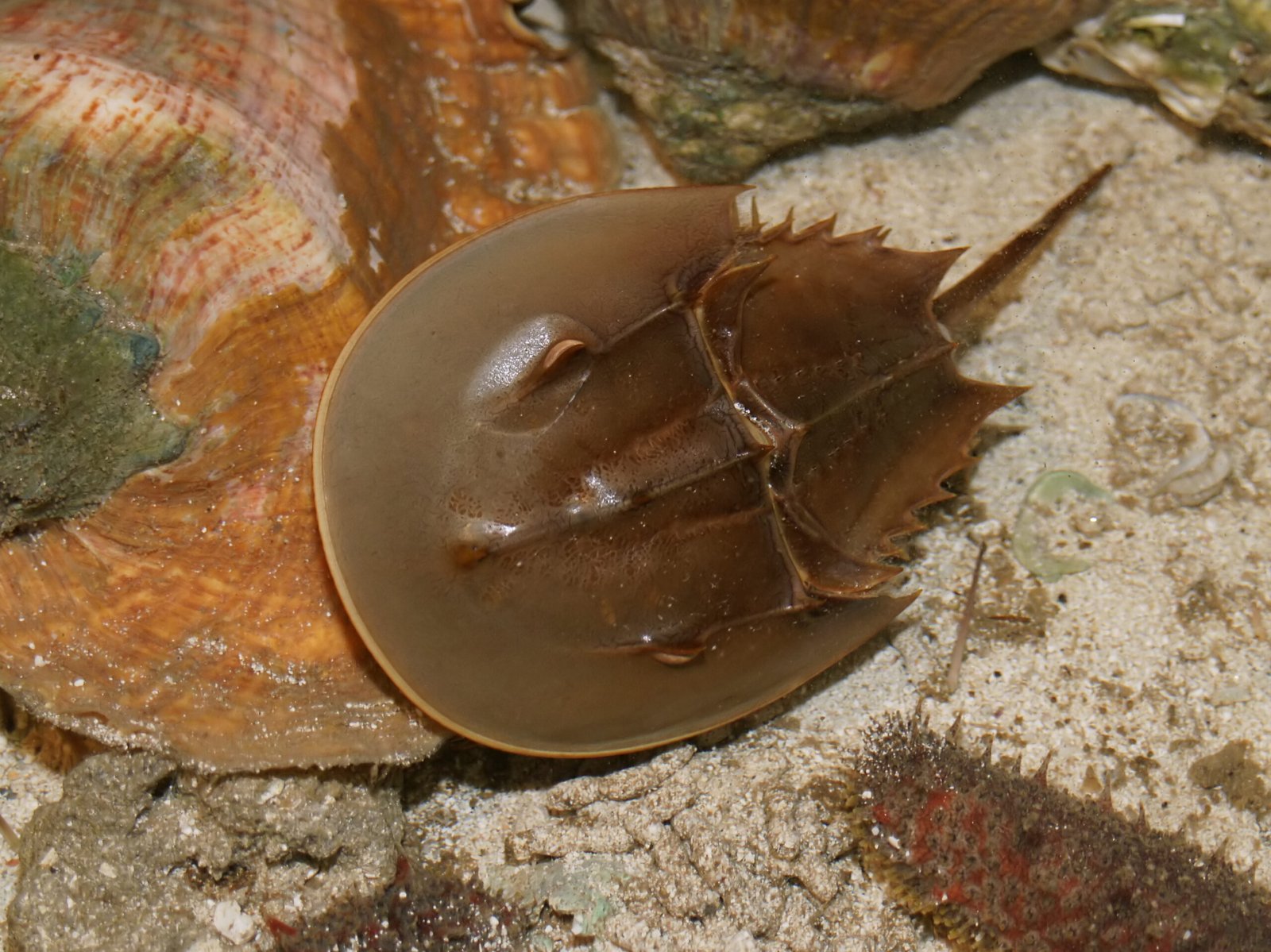
While their anatomy has remained unchanged, horseshoe crabs have become vital to modern medicine. Their blue blood contains a substance called Limulus Amebocyte Lysate (LAL), which clots in the presence of bacterial endotoxins. This discovery has revolutionized the pharmaceutical industry, as LAL is used to test the sterility of medical equipment and vaccines. The horseshoe crab’s contribution to science highlights the unexpected ways ancient creatures can impact contemporary life, bridging the gap between prehistoric times and modern medicine.
The Mysterious Life Cycle
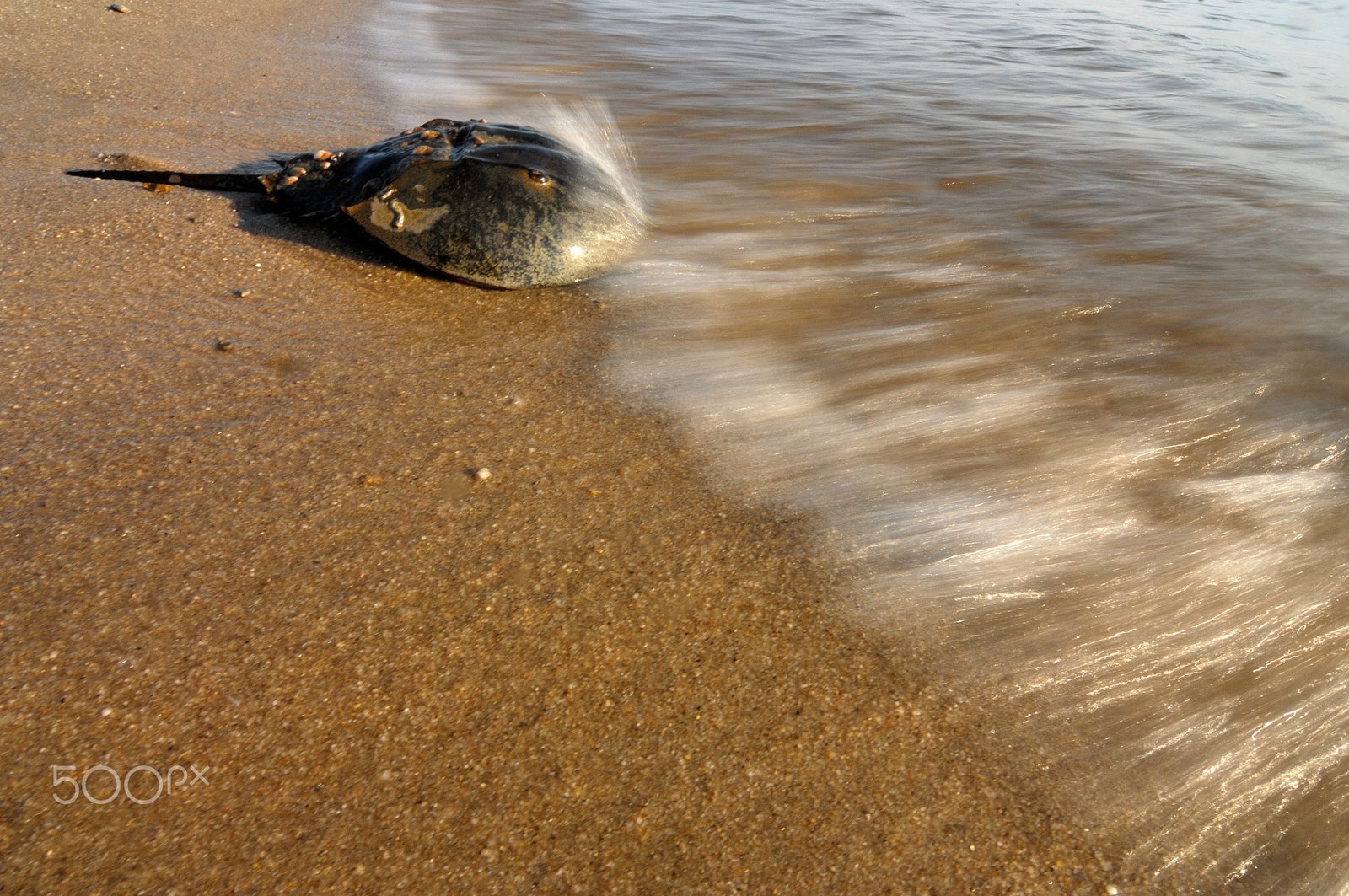
Horseshoe crabs have a unique life cycle that has captivated scientists. They exhibit an incredible spawning behavior, often seen during full and new moons. Thousands of horseshoe crabs congregate along the shorelines to lay eggs in the sand. This spectacle not only ensures the continuation of their species but also supports the coastal ecosystem. Shorebirds depend on these eggs as a crucial food source during their migratory journeys. The synchronous spawning events are a fascinating example of nature’s intricate timing and interconnectedness.
Horseshoe Crabs and Ecosystem Balance
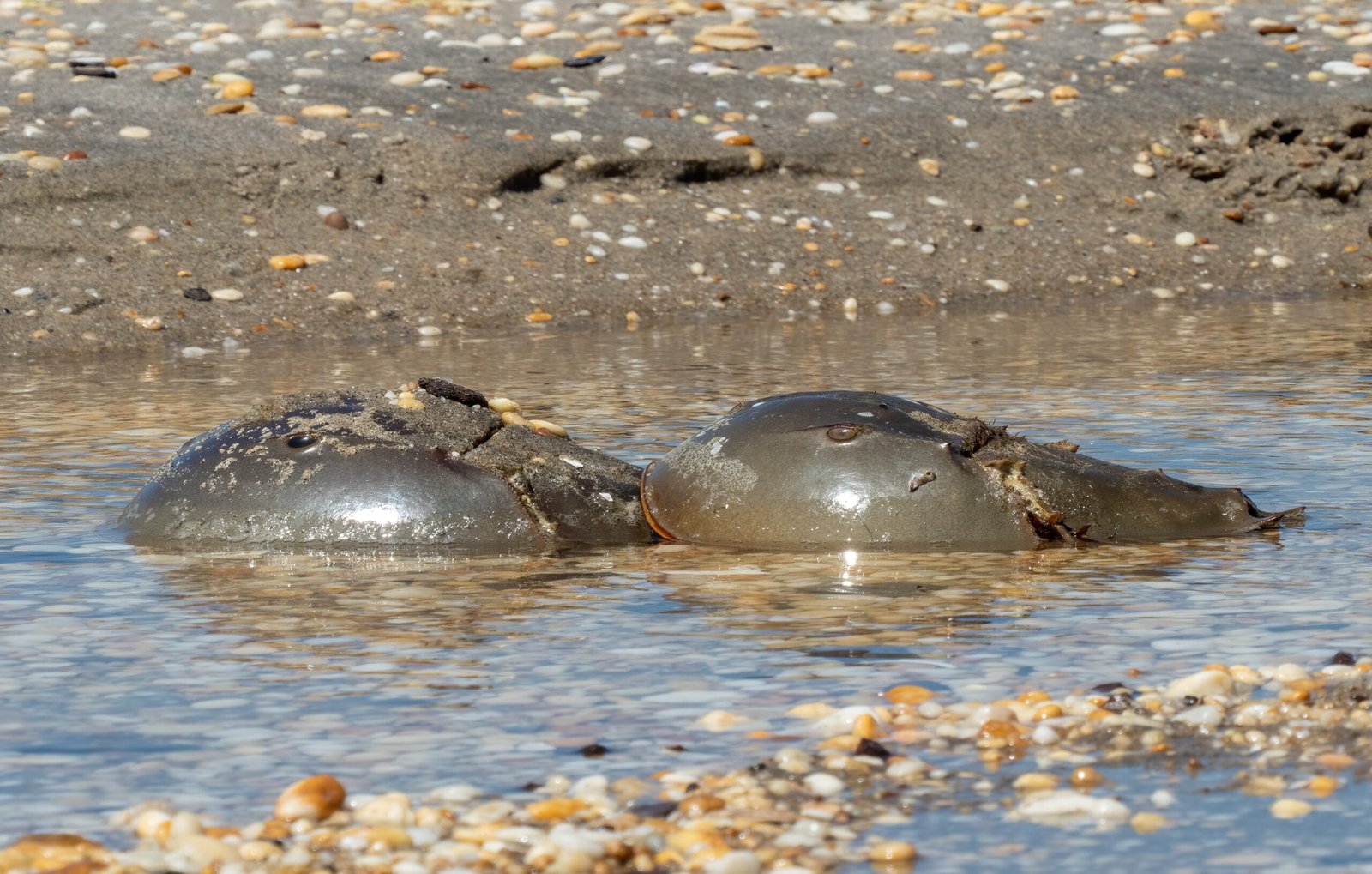
Beyond their medical contributions, horseshoe crabs play a crucial role in maintaining the ecological balance of coastal environments. Their eggs provide a vital food source for numerous bird species, especially during migration seasons. The presence of horseshoe crabs also influences the distribution and abundance of other marine species, as they are both predators and prey within their ecosystem. Their existence is a cornerstone of the intricate web of life in their habitats, demonstrating the importance of conserving these ancient creatures.
Challenges and Conservation Efforts
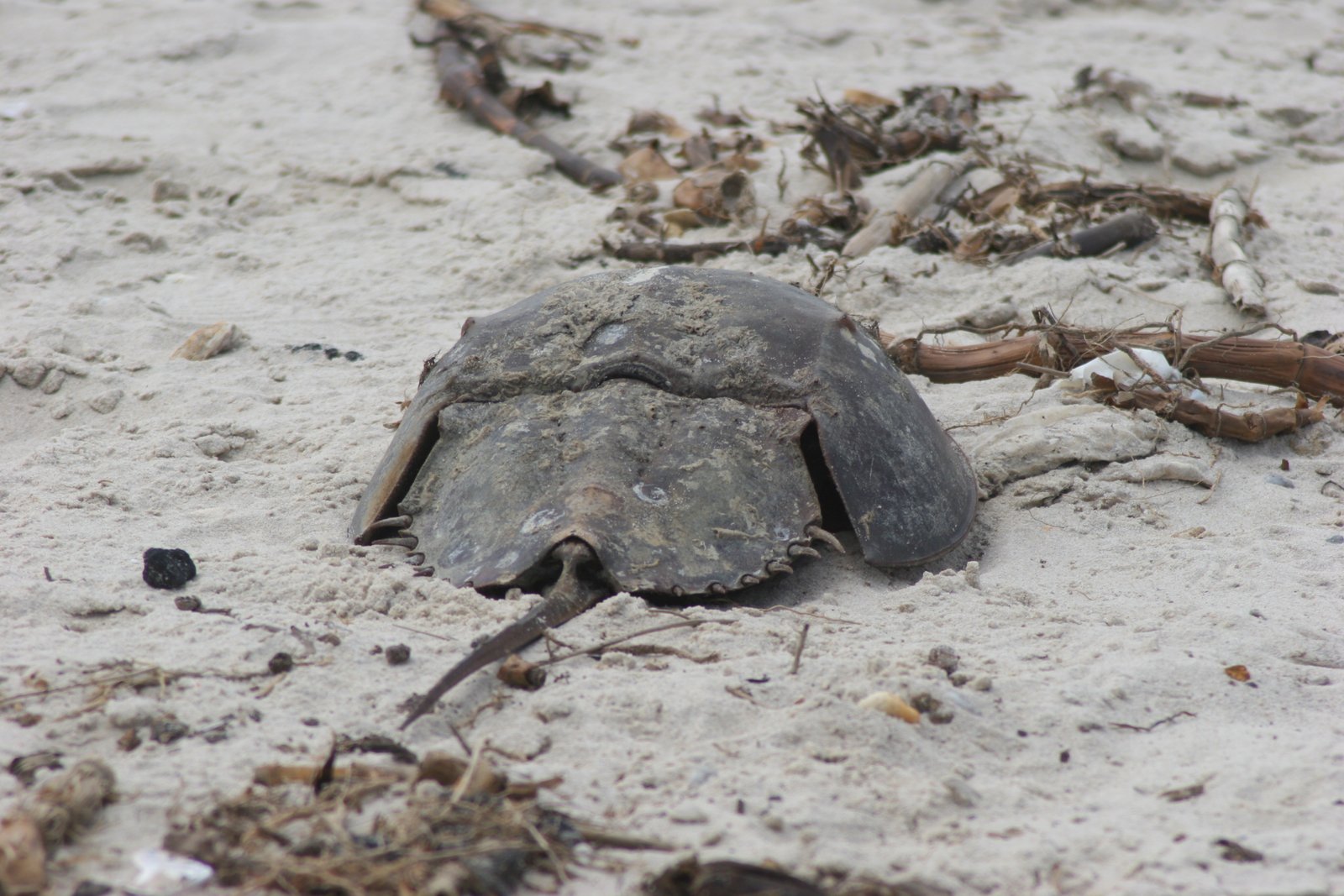
Despite their ancient resilience, horseshoe crabs face modern challenges. Habitat loss, pollution, and overharvesting for bait and biomedical purposes threaten their populations. Conservation efforts are crucial to ensuring their survival. Initiatives such as beach preservation, sustainable harvesting practices, and public education aim to protect these living fossils. By understanding their ecological importance and advocating for their protection, we can help preserve the delicate balance of marine ecosystems where they play a pivotal role.
The Unanswered Mysteries of Evolution
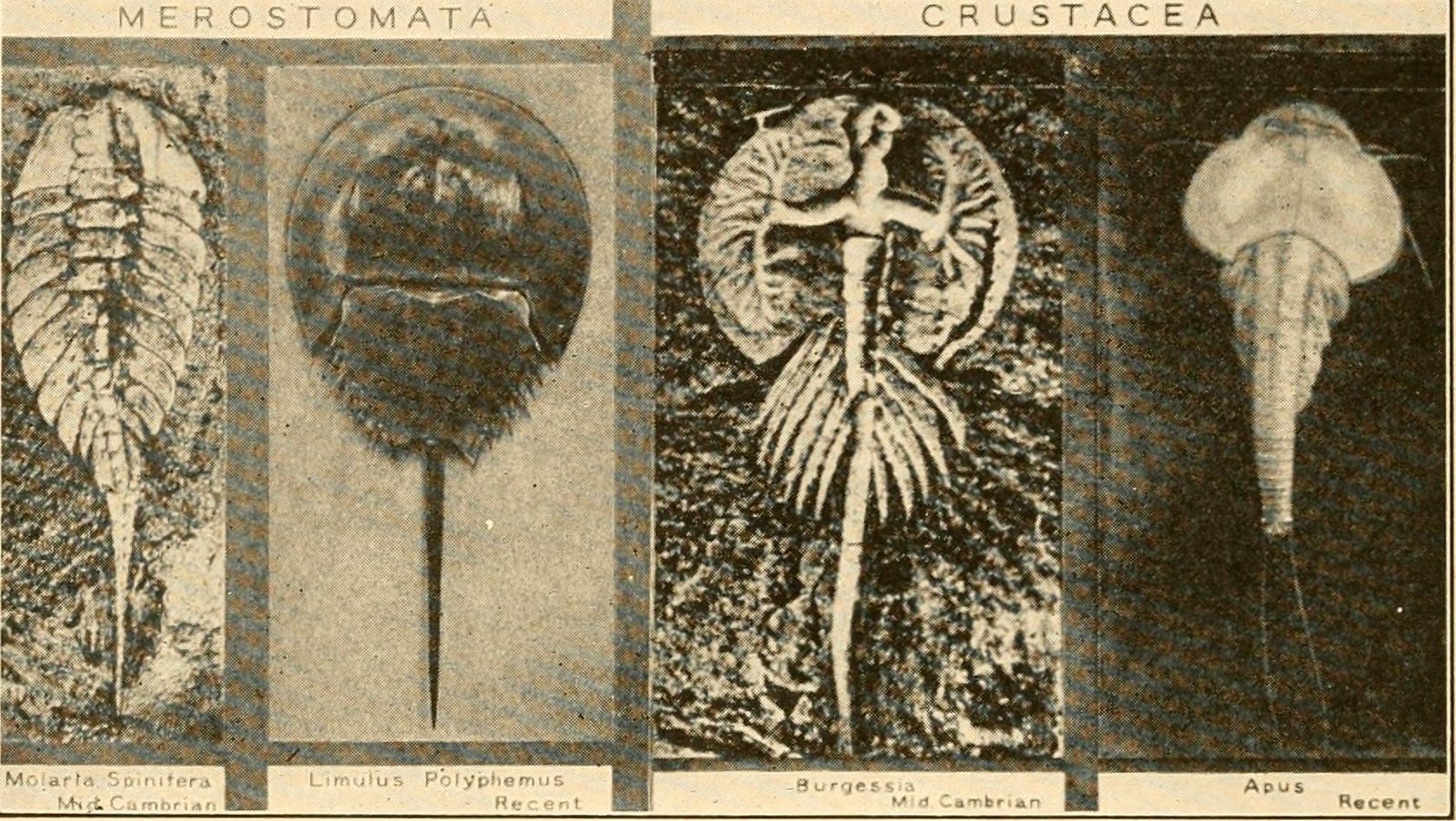
The horseshoe crab’s unchanging nature poses intriguing questions about evolution. Why have they remained virtually unchanged while other species have evolved dramatically? The answer may lie in their successful adaptation to stable environments. Evolution is often driven by changing conditions and the need for species to adapt. For horseshoe crabs, their environments have remained relatively stable, reducing the pressure to evolve. This stability may offer clues into the evolutionary processes that govern life on Earth.
A Living Connection to Our Past
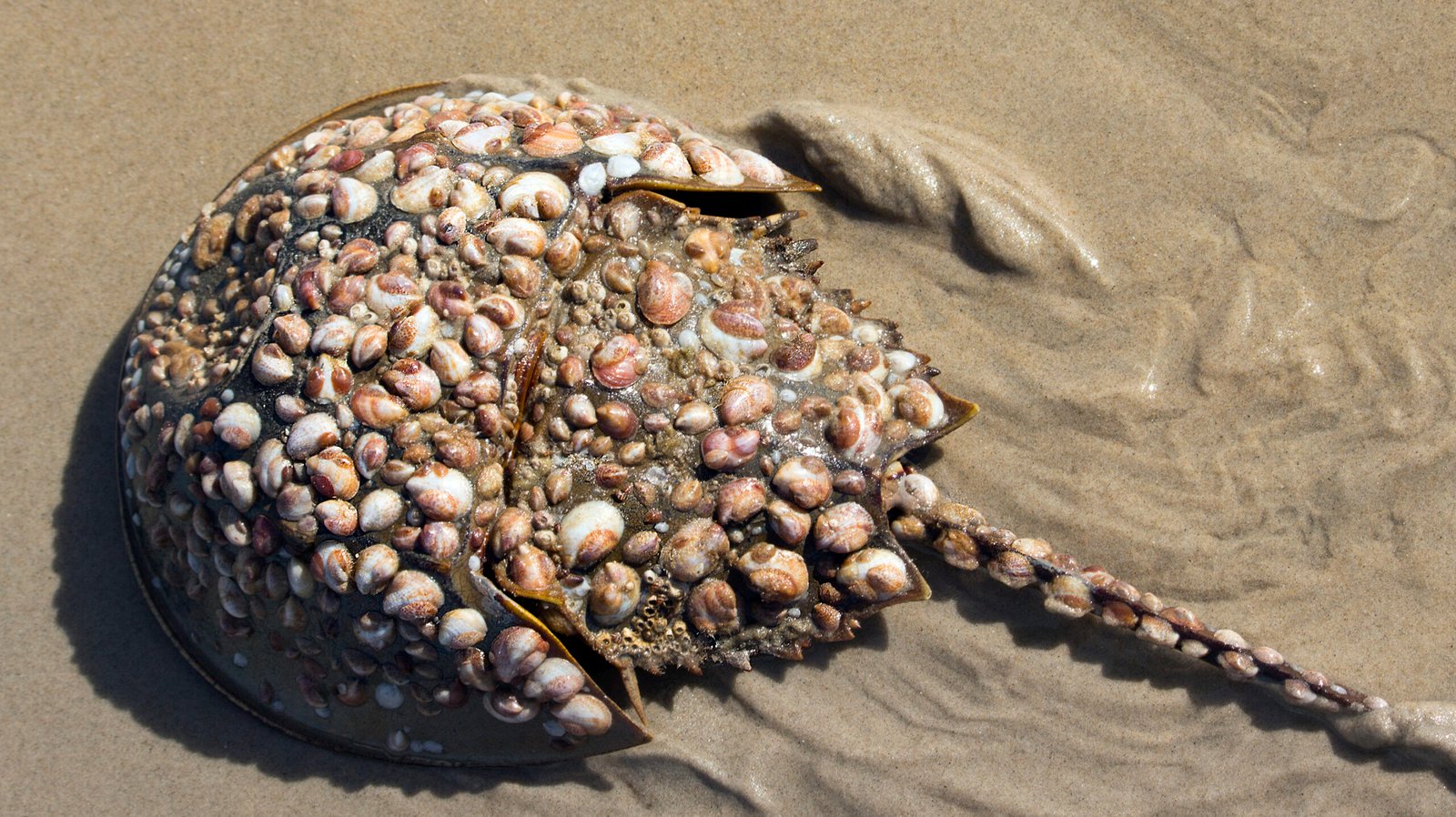
Horseshoe crabs serve as a living connection to our planet’s distant past. They have witnessed the rise and fall of countless species, surviving mass extinctions that wiped out their contemporaries. Their unchanged presence is a reminder of the Earth’s history and the resilience of life. As we continue to explore the mysteries of evolution and adaptation, horseshoe crabs offer valuable insights into the past and future of life on our planet. Their story encourages us to appreciate the wonders of nature and the profound connections that bind us to the ancient world.




